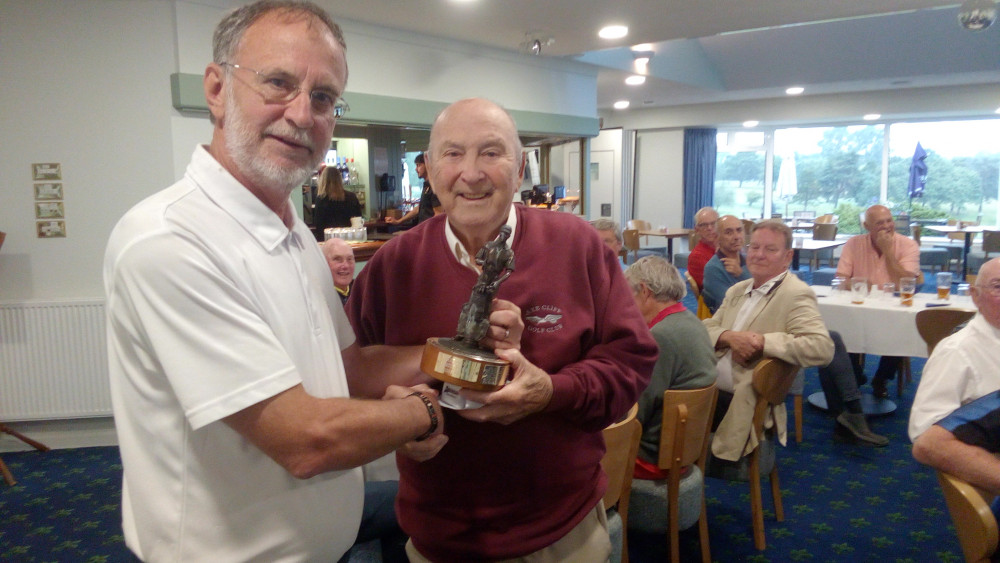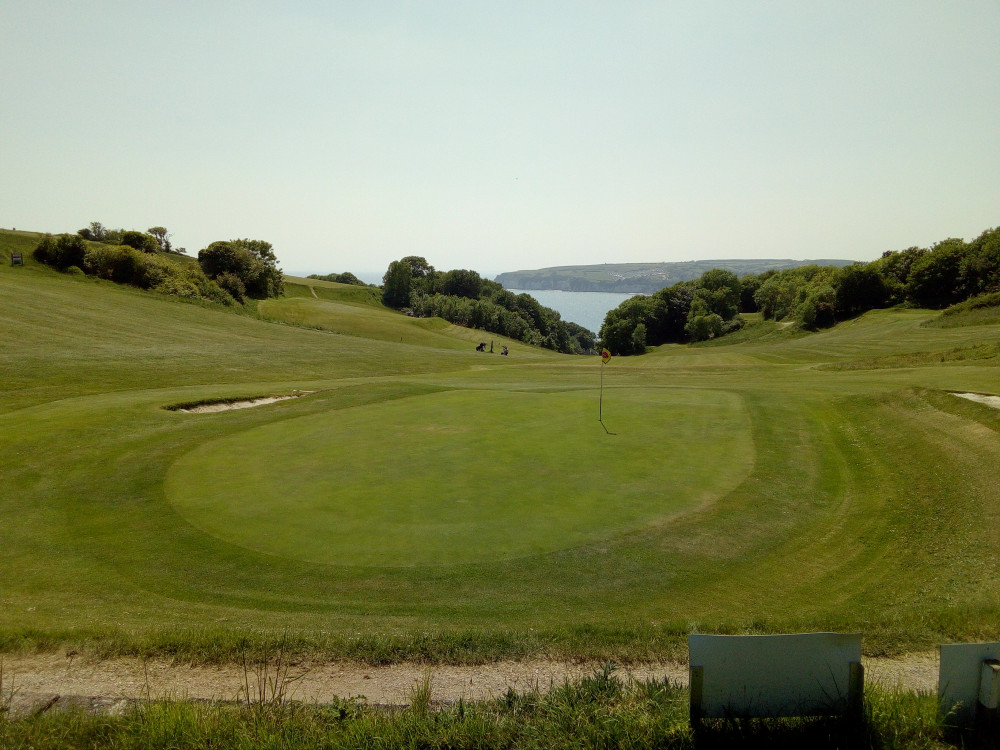Famous stars who played golf
By Philip Evans 22nd Feb 2021


By Kyle Phillpots
Sports stories do not always translate well into films. The main problem seems to be finding actors who have the prowess to play an elite sports performer and it is even more difficult to find sports stars who can act. It seems particularly difficult in team action sequences and even with footballing greats such as Pele, Bobby Moore and Ossie Ardiles featuring in Escape to Victory, their movements still looked stilted and for me the rugby scenes in Invictus, just didn't work.
Striking sports where the action can be edited, do far better. In boxing I thought that Robert De Niro and Will Smith were believable as Jake La Motta (Raging Bull) and Muhammed Ali (Ali) respectively. Similarly I thought that Robert Redford (The Natural) and Kevin Costner (Bull Durham) both looked the part as baseball players. In golf, the need for believable action is restricted to only the golf swing and the swing as shown, can be linked to the desired flight of the ball. Good editing can work wonders.
It helps that film stars do often play golf to a reasonable standard. I thought Kevin Costner was also believable as a golfer (Tin Cup) and in Pat and Mike, Katherine Hepburn showed herself to be a very accomplished golfer and tennis player, hitting all the shots herself in both sports.
Even if they don't actually play the game, a good coach can hone their movement skills so that they can look like they are golfers. Jim Farmer, a former European Tour player, PGA Captain, Scottish National Coach and current Honorary Professional at the R&A has been called upon to coach actors in a number of different golf films and also required them to have the identifiable swing of the champion golfer they are portraying. For example in the film Tommy's Honour, he taught a non-golfer to swing like young Tom Morris and a regular golfer to swing like old Tom Morris. He said that it was harder to teach the golfer as he already had his own swing. The film was directed by Jason Connery, whose own father featured in one of the most iconic golf scenes in a film.
The film was Goldfinger, where James Bond played golf (and mind games) with Auric Goldfinger for a wager of a gold bar. Bond never like to lose and so when he finds Goldfinger's wayward drive in the rough, he simply stands on it, while Goldfinger 'finds' his ball further down. Bond then switches Goldfinger's balls later in the round for a different brand and so out-cheats Goldfinger to win the game. It is within Bond's character to do whatever is necessary to win the game and the bet and Sean Connery's Bond was man who would do whatever it takes to come out on top.
The Bond author, Ian Fleming, was a keen golfer and a member at Royal St George's where Albert Whiting and his son Cyril were the club professionals and regularly played with Fleming. Whilst the match in the film was played at Stoke Park, in the book it was played at the fictional Royal St Mark's and Albert and Cyril respectively became Cecil and Alfred Blacking.
Connery himself developed a different perspective on golf. Although he grew up close to a golf club in Scotland, he was an example of a non-golfer who had to be taught (by Peter Allis) to give the impression that he could play. Ironically this inspired him to take up the sport at the age of 34 and he became an avid golfer with a handicap of around 20. He played almost daily at his home club in the Bahamas and also became a member of the R&A member and won a number of club tournaments in St Andrews.
- ***************************************
- ***************************************
One of the competitions Connery won at the R&A was for the Bing Crosby Trophy in 1995. Crosby was another avid golfer (handicap 2) and qualified for both the US Amateur and British Amateur Championships under his real name of Harry Crosby.
The Bing Crosby Pro-Am (also known as the Bing Crosby Clambake) was established in 1937 and brought stars of film and music together with the established golf stars for a four day competition and general party. His partner in the Road To films, Bob Hope, was also a very good golfer. A professional boxer before he became a comedian, he fell in love with golf in his thirties and played to a handicap of four and played up to 150 tournaments a year. Hope played in the British Amateur the year after Bing Crosby and like Crosby, started his own Tournament (The Bob Hope Desert Classic). In My Favourite Brunette, Hope combines his comedy and golf skills when he competes against a golfer who is playing an imaginary ball. Bob Hope also famously had a putting competition against the two year old Tiger Woods on TV in the 1970s.
Bing became a member of the R&A in 1951 and put up the trophy to be competed for by members over the age of 60 in 1971. When interviewed at Gleneagles in the 1970s, he said: "I love golf. If I ever die on the golf course, at least I'll die a happy man." Bing Crosby died of a heart attack in 1977, as he walked off the course after playing his final round at La Moraleja in Spain.
Share:

